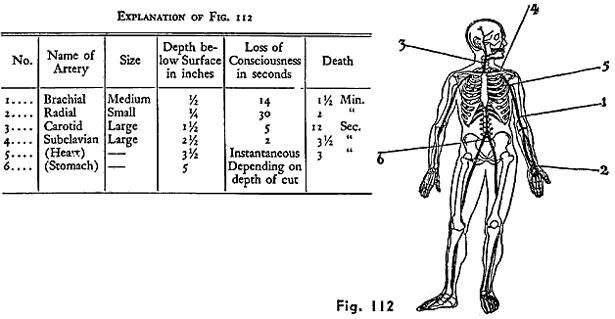
Hick’s Law
There is a common principle that many Martial Artists are familiar with called Hick’s Law.
Hick’s Law is named after British psychologist William Edmund Hick. The HickHyman Law (for Ray Hyman), also called simply Hick’s Law, describes the time it takes for a person to make a decision as a result of the possible choices he or she has to make. The Hick-Hyman Law assesses cognitive information capacity in choice reaction experiments. The amount of time taken to process a certain amount of bits in the Hick-Hyman Law is known as the rate of gain of information.
In the equation, ‘b’ is a constant which is determined empirically by fitting a line to measured data. Basically log2 means that you perform the equivalent of a binary search algorithm with each decision. Binary search is where each choice, cuts the remaining choices in half. The first choices are the most costly, but each choice still adds dramatically to reaction time.
To measure this, Hick used a set of 10 lamps that would illuminate at random and the test subject had to press the corresponding button. He then varied the number of buttons which could illuminate from 1-10. Measuring the response time for a pre-determined number of choices led to an increase in the time to react. From this research, he formulated his equation.
According to his research, the first choice adds a 58% penalty to your response time. This means that if your response time is 300ms, then the first choice could slow you down to about 474ms! That is dramatic and could mean the difference in success and failure! Thinking back to my previous experiment on response time, this could mean an additional foot or so to the non-reactionary distance!
Also take a look at Fitt’s Law, developed in 1954. This is based on Hick’s research, but takes into consideration adding movement and accuracy to the equation. In these calculations, the smaller the target, the more time it takes for cognitive processing and motor movement, thus response time. This has real application to the combatives practitioners as you can imagine.
There are those who dispute their research, but the principle holds true nonetheless. Additional decisions take time to process. And time is not on our side during an attack!
What can we gain from studying this kind of research? A lot I think. We know that to be successful in combat, we have to limit our choices as much as possible since decisions equal more time and distance. How do we do we limit choices? There are a few ways and we will talk about that in future training reports.
Until then, remember that Hick’s Law is not just for Rednecks!
About The Author
You might be interested in
Comment (1)
LEAVE YOUR COMMENT
You must be logged in to post a comment.











Hanshi Carlos Montalvo